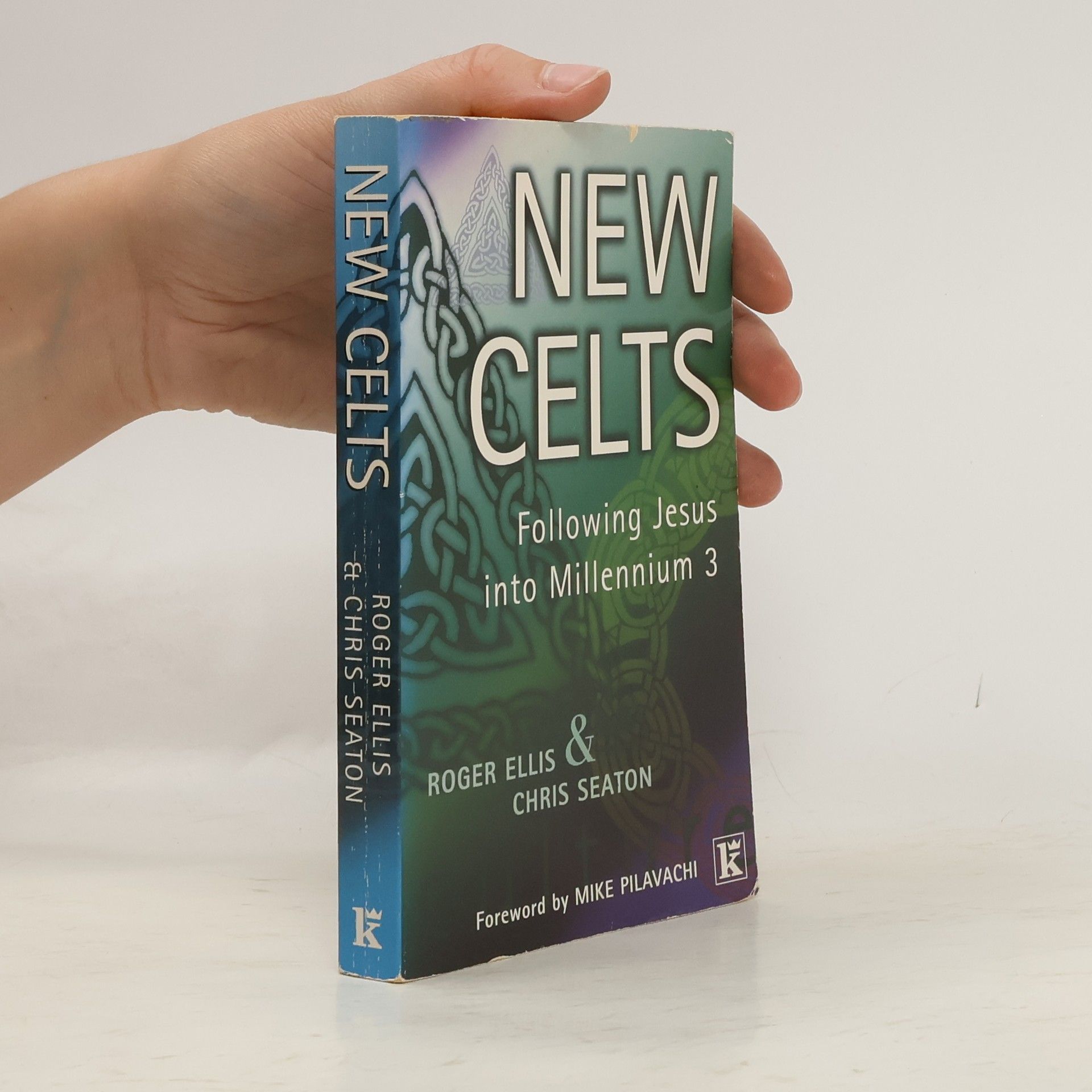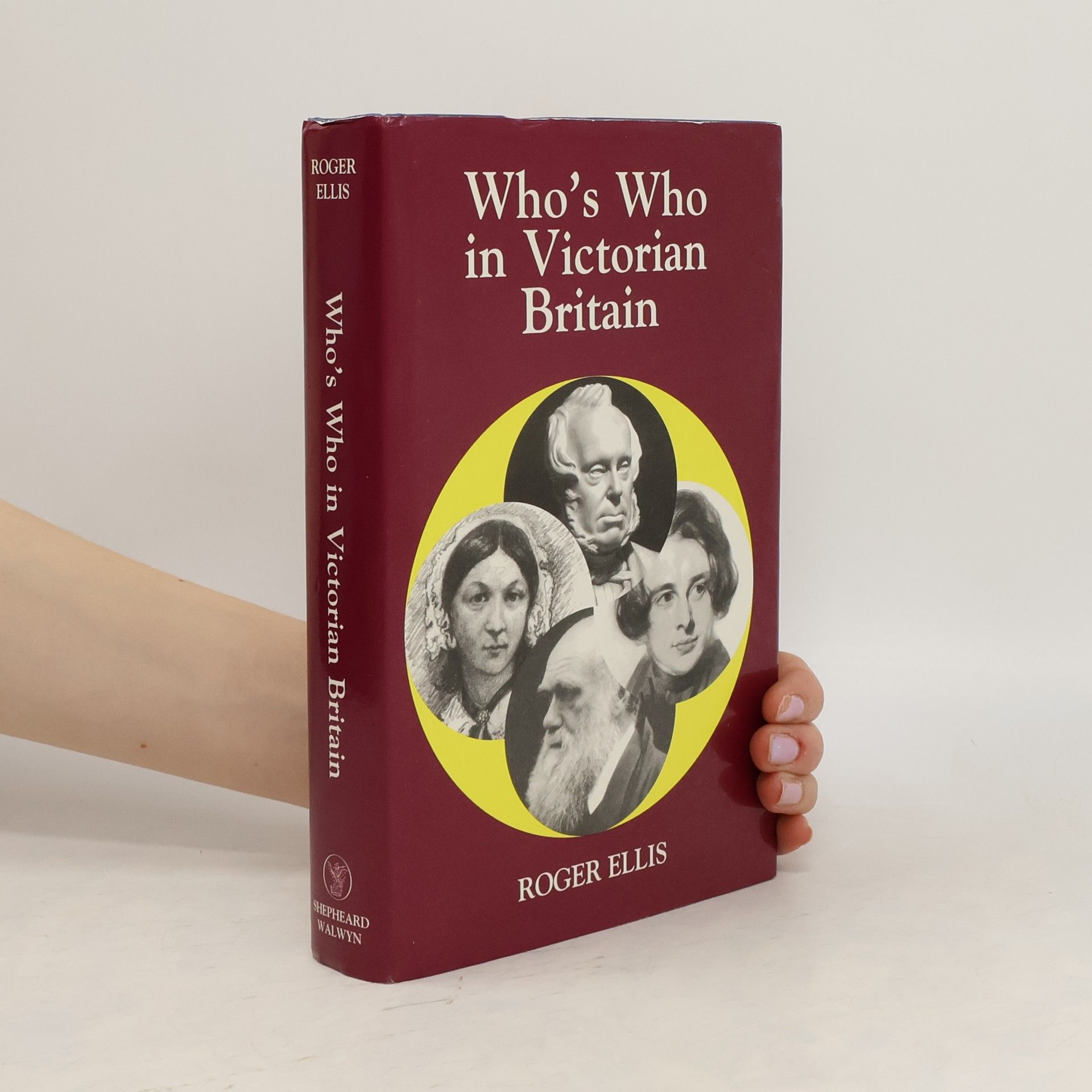Who's Who in Victorian Britain
- 480 páginas
- 17 horas de lectura
The final book in an eight-volume series providing short biographies of men and women from Roman to Victorian times, Who's Who in Victorian Britain is concerned with the 'Age of Empire.' Victoria was the first English monarch to see her name given to the period of her reign while she was still alive: it was used as early as 1851.


